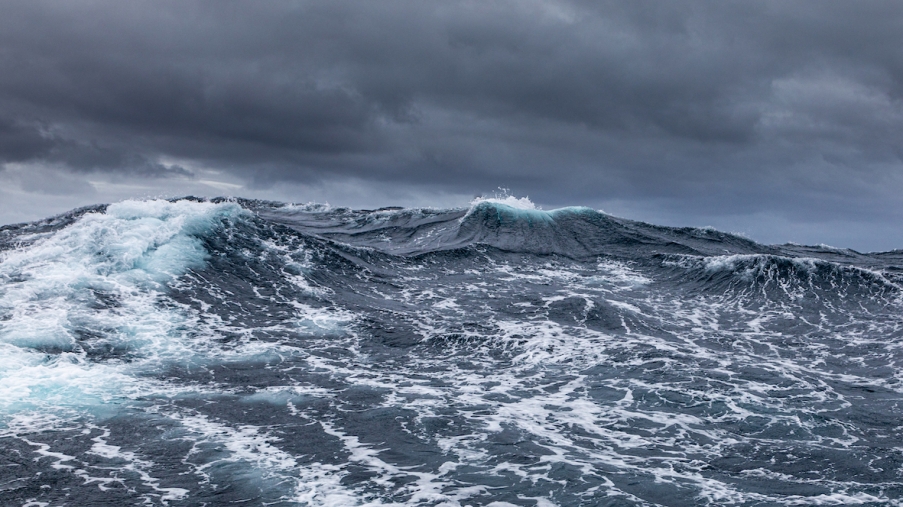Tamzin Henderson on New Zealand's Wild East Coast and Hookpods
Posted on: 8th October 2020
Photographer Tamzin Henderson volunteered her time in June to take a trip out on board a New Zealand fishing vessel using Hookpods, to take some footage of pods in action. This is taken from her blog on her return. The picture above was auctioned for $250 which she has very kindly donated towards Hookpods work developing seabird mitigation trials around the world.
You can see more of Tamzin’s beautiful work at her blog site: https://www.tamzinnz.com/blog
September 15, 2020
It was only as I walked across the tarmac at Blenheim airport, on the way to join the FV Commission that the impending trip really dawned on me. I knew nothing about surface long lining, about tuna fishing, about Mike Te Pou and The Commission, about the East Cape, in fact I didn’t even know much about the Hookpod that I was there to photograph, but having spent what felt like all of 2020 land based, I was just keen to get back out on the water. In hindsight, a quick check of the forecast may have been wise, or it may have put me off the Wild East completely.
2020 was to see us celebrating the first World Albatross Day (19th June), and with that comes added attention on seabirds, their distribution, habitat and of course threats. This also meant increased visibility for fishing methods such a surface longlining. World Albatross Day was timed perfectly with a trip out with Mike for a week or so chasing Southern Bluefin. It would be my first trip off the East Cape, on a surface longliner, and on a small commercial vessel (I’ve become quite accustomed to the larger trawlers). I was really keen to learn, not just about the protection the Hookpod offers, but with my business owners hat on, what it meant for the guys running them. Are they a viable mitigation device for our fleet?
In typical Tamzin fashion, I was feeling a little seedy by the first night set, and my condition only improved once I was back on land 10 days later. I didn’t expect to encounter the swells we did off East Cape, but as mentioned above, I didn’t know what to expect at all. I’ve long mastered the art of seasick induced fasting/functioning though, so it was quickly back to the job at hand, photography. Mike has been running Hookpods for around 5 years as an alternative to weighted lines. Watching the boys efficiently set and haul the 2000 hook lines surprised me, Hookpods did very little to slow the process down which was my biggest question.
I sat through almost every haul, not just to photograph but out of pure curiosity. I saw my first Southern Bluefin, my first Swordfish, my first Moonfish, and a Peruvian Oil fish. It was truly fascinating watching these pelagic fish being hauled on to deck. I watched with interest as the hooks were removed from blue sharks and they were released back alive, as each tuna was bleed and gutted as soon as it arrived on deck, with far more care than I’ve ever seen even on rec vessels. I watched seabirds that I haven’t seen for years (like the Campbell Albatross) hover with interest over the vessel, but not a single bird was harmed, Mike hasn’t caught one all year. I put myself on pocket petrel (Storm Petrel) patrol, and threw these gorgeous wee birds back into the night after the crash landed on deck.
Being self employed, and navigating Covid-19 as business owners, my sister and I quickly adopted the philosophy of ‘Adapt or be left behind’ and I truly think Mike, and Commission owner Wayne Kusabs live by this. There have been massive changes happening across this industry, and no doubt more to come but a willingness to change, evolve and adapt is what will keep the industry moving forward into this more eco-aware, and conservation conscious world.
Thanks for reading, and feel free to contact me with any questions you maybe have about photography, fishing or future projects.






